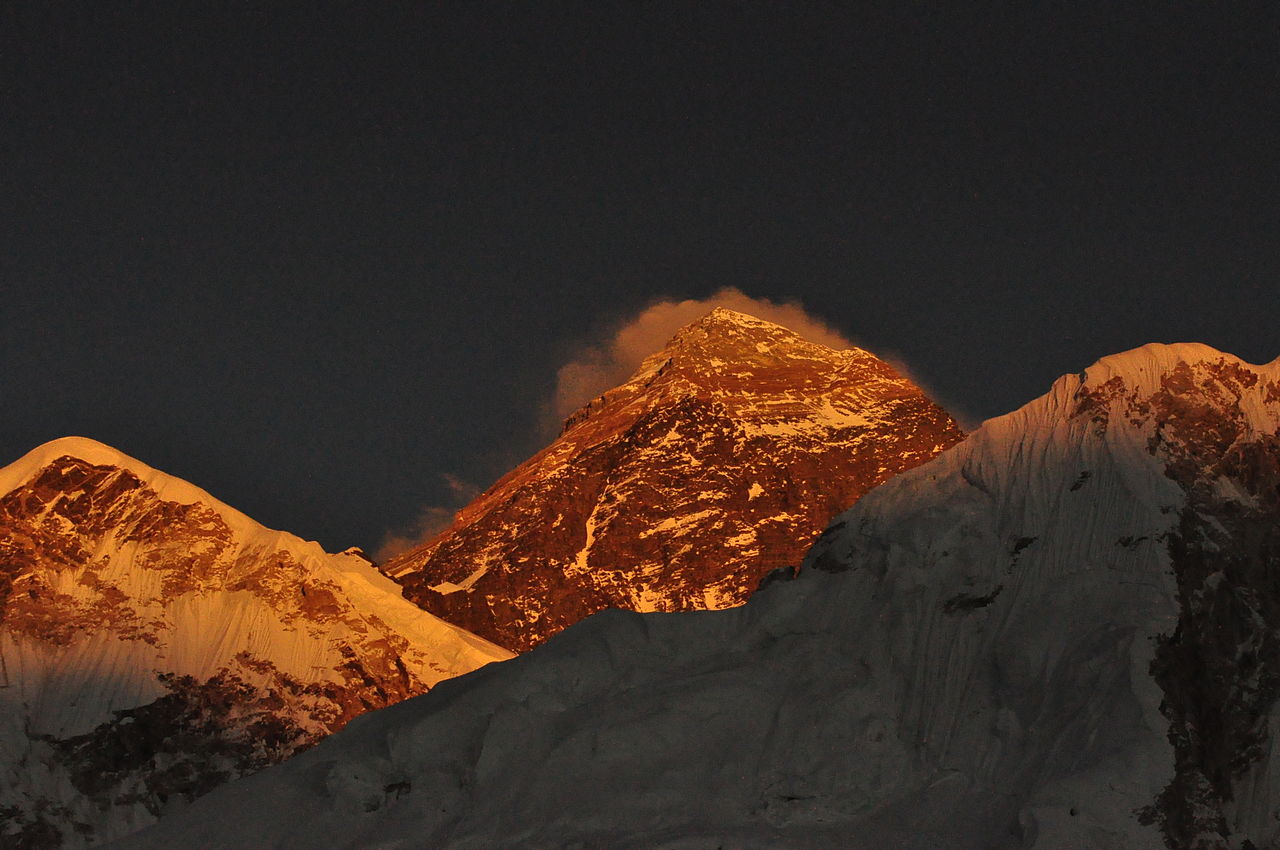While I was away at Outdoor Retailer, there were a number of big stories that broke across the world of outdoor adventure. I’ll be catching up with some of them over the next few days, but one of the biggest stories to come out in the past few days is the news that the Nepali government has increased the insurance coverage for the Sherpas working on Mt. Everest, and other Himalayan peaks. Unsurprisingly, the costs of these increased levels of benefit will be passed on to the climbers, who will see higher climbing fees moving forward.
According to the Reuters story linked above, the insurance benefits for the Sherpas will be raised from $10,000 to $15,000 for each guide. Furthermore, medical benefits will be increased from $3000 to $4000 as well. Those numbers probably seem rather modest considering the risks these men and women take on the mountains, but in a poor country like Nepal, that is a substantial amount of money.
These increased insurance premiums are a direct result of the April 18 tragedy on Everest, during which an avalanche claimed the lives of 16 Sherpas working on the mountain. Following those deaths, the South Side of Everest was shut down in order to allow the Sherpas to mourn the loss of their friends. During that mourning period, the shutdown was extended further, as tension amongst the Sherpas escalated sharply, leading to some heated moments in Base Camp. Eventually Everest was closed altogether, with most teams heading home.
Since then, there has been a lot of debate as to how to proceed with mountaineering expeditions to the world’s tallest mountain. It seems clear that the mountain is not getting any safer, and overcrowding has made the possibility of future accidents a genuine concern. The Sherpas bear the bulk of the work on Everest, and while many earn their livelihood as a guide in the Himalaya, the threat of injury or death seems to have grown in recent years.
The increase in insurance benefits will go into effect starting in September, which means they’ll be in place in time for the fall climbing season in the Himalaya.
- Gear Review: The Xero Scrambler Mid is an Ultralight Hiking Shoe for Spring - March 1, 2023
- Gear Review: Yeti Roadie 48 Wheeled Cooler - August 18, 2022
- Kristin Harila Continues Pursuit of 8000-Meter Speed Record - August 16, 2022
